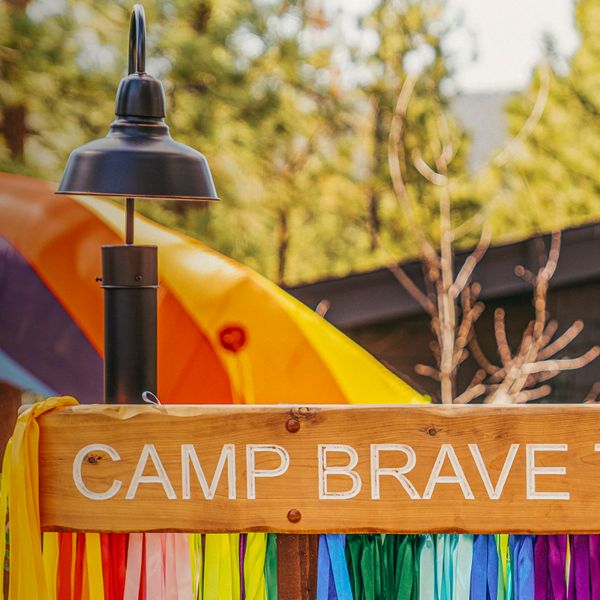All the gear in the world wouldn’t be worth much if we didn’t have wild places to use it. That’s why protecting wilderness and promoting access to the outdoors is a foundational part of the mission at Public Lands. Recreation and conservation go hand in hand, so every purchase from Public Lands helps protect our country’s wild lands.
How does it work? Public Lands sets aside 1% of every sale for the Public Lands Fund, which supports conservation efforts. One beneficiary is The Conservation Alliance, an outdoor industry-funded nonprofit that makes critical grants to conservation programs nationwide. The Public Lands Fund is a Pinnacle member of the Conservation Alliance, contributing $100,000 annually.
“It is great to see a major retailer build conservation, public lands education, and advocacy into the bedrock of their stores,” says Conservation Alliance Executive Director Brady Robinson.
The Conservation Alliance has more than three decades of experience—and success—in helping to protect wild places. It invests funds carefully in vetted projects based on their biological diversity, success history, political viability, and benefits to people and wildlife. It also increases outdoor recreation opportunities and helps provide climate change solutions. Conservation Alliance funding and corporate advocacy has helped protect 73 million acres of wildlands, conserve 3,576 river miles, stop or remove 37 dams, designate five marine reserves, and purchase 18 climbing areas.
It’s the collective nature of the organization that is its greatest strength, says Conservation Alliance Program Manager Conor McElyea. “The Conservation Alliance brings the power of its member businesses, their thousands of employees, and billions of dollars in economic impact to bear for the protection of wild places,” he says. “Public Lands has been an incredible partner from Day One. Six months before opening their first store they were highly engaged and thinking creatively about ways they could support our work, the work of our grantees, and the U.S. public lands system as a whole.”
In 2021 alone, the Conservation Alliance has awarded $2.2 million in grant funding to 52 grassroots organizations. And it will award another $200,000 before the end of the year to four conservation groups led by Asian, Black, Brown, Indigenous, Latinx, and other People of Color via its new Confluence Program, which launched Oct. 4.

